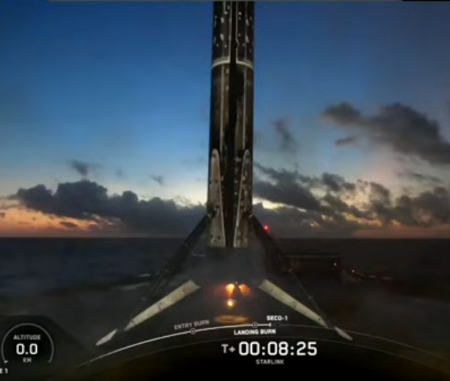Though it did not state the all the specific rockets the company will use, the satellite-to-cellphone company AST SpaceMobile revealed this week that it plans to launch its BlueBird satellites every month or two beginning in July 2025.
India’s GSLV rocket is slated to carry AST SpaceMobile’s first Block 2 BlueBird satellite, which the operator said is scheduled to ship from its Texas facility in June. At three times the size of each of the five Block 1 BlueBirds launched last year on a SpaceX Falcon 9 rocket, the satellite would surpass its predecessors to become the largest commercial antenna ever deployed in low Earth orbit.
Abel Avellan, AST SpaceMobile founder and CEO, said that from the second or third launch this year, Block 2 BlueBirds would feature in-house developed chips to support peak data rates of up to 120 megabits per second at 10 times the capacity of Block 1. Subsequent launches would also deploy between three and eight Block 2 satellites at a time, depending on the rocket, Avellan told investors during the company’s earnings call.
Avellan did not give an update on other launch missions that would leverage SpaceX’s Falcon 9 and Blue Origin’s New Glenn rockets, whose larger fairings can accommodate up to eight Block 2 satellites per flight.
Whether AST SpaceMobile will be able to fulfill this schedule however is a big question. SpaceX could provide the rockets for all these launches, but the availability of its Falcon 9 rocket might be limited due to other customer contracts as well as its own needs to launch Starlink satellites. Blue Origin’s New Glenn could certainly use the business, but that rocket has only launched once, and the company has been very slow about doing its second launch, now scheduled for later this month. It is very unclear whether it could do more than one of these launches this year.
India’s GSLV rocket could grab the business, but once again it is unclear it has the capacity to do more than two such launches before the end of the year.
All in all, it appears the demand for rocket launches exceeds the supply, a situation that is very good for the launch industry.

